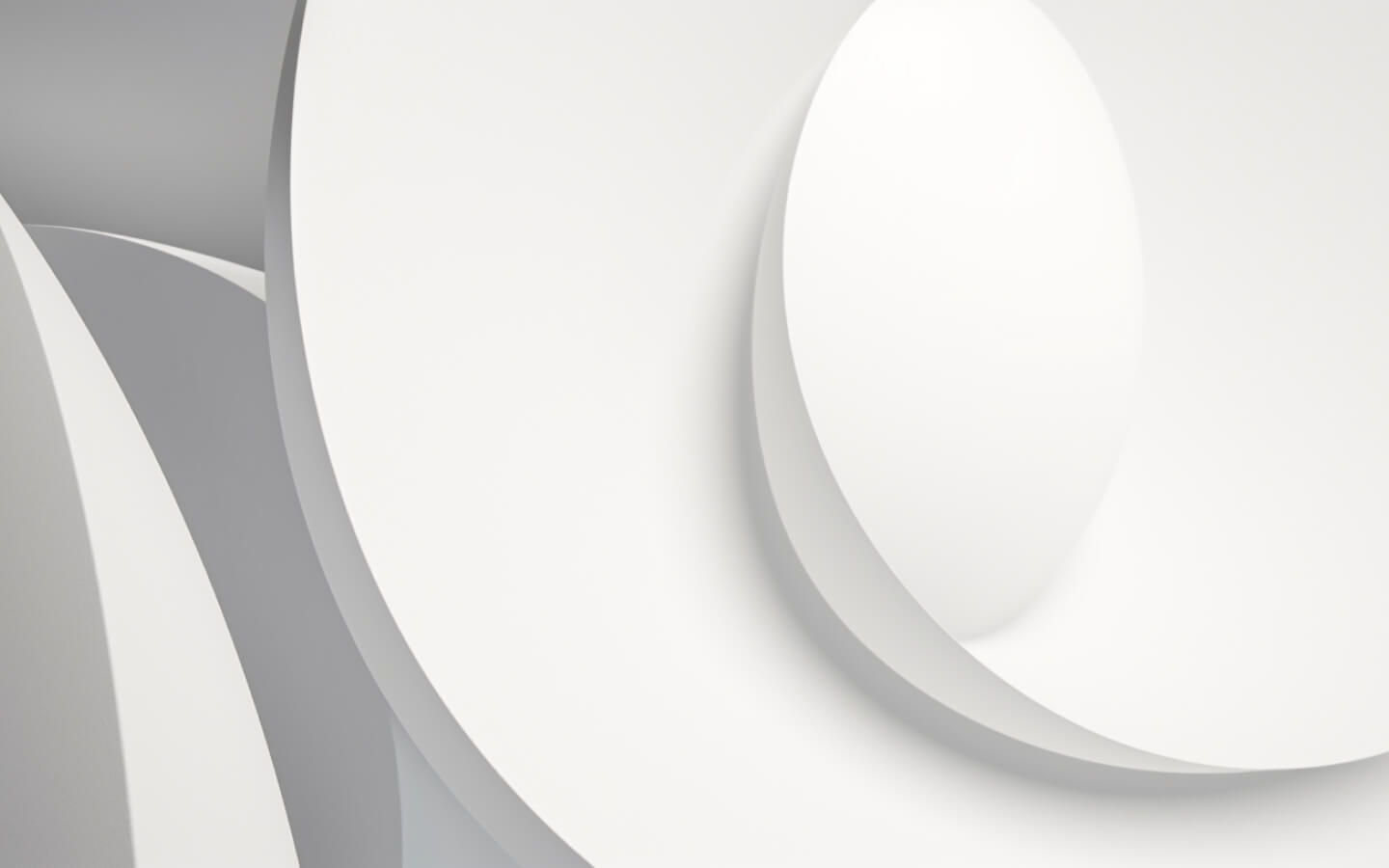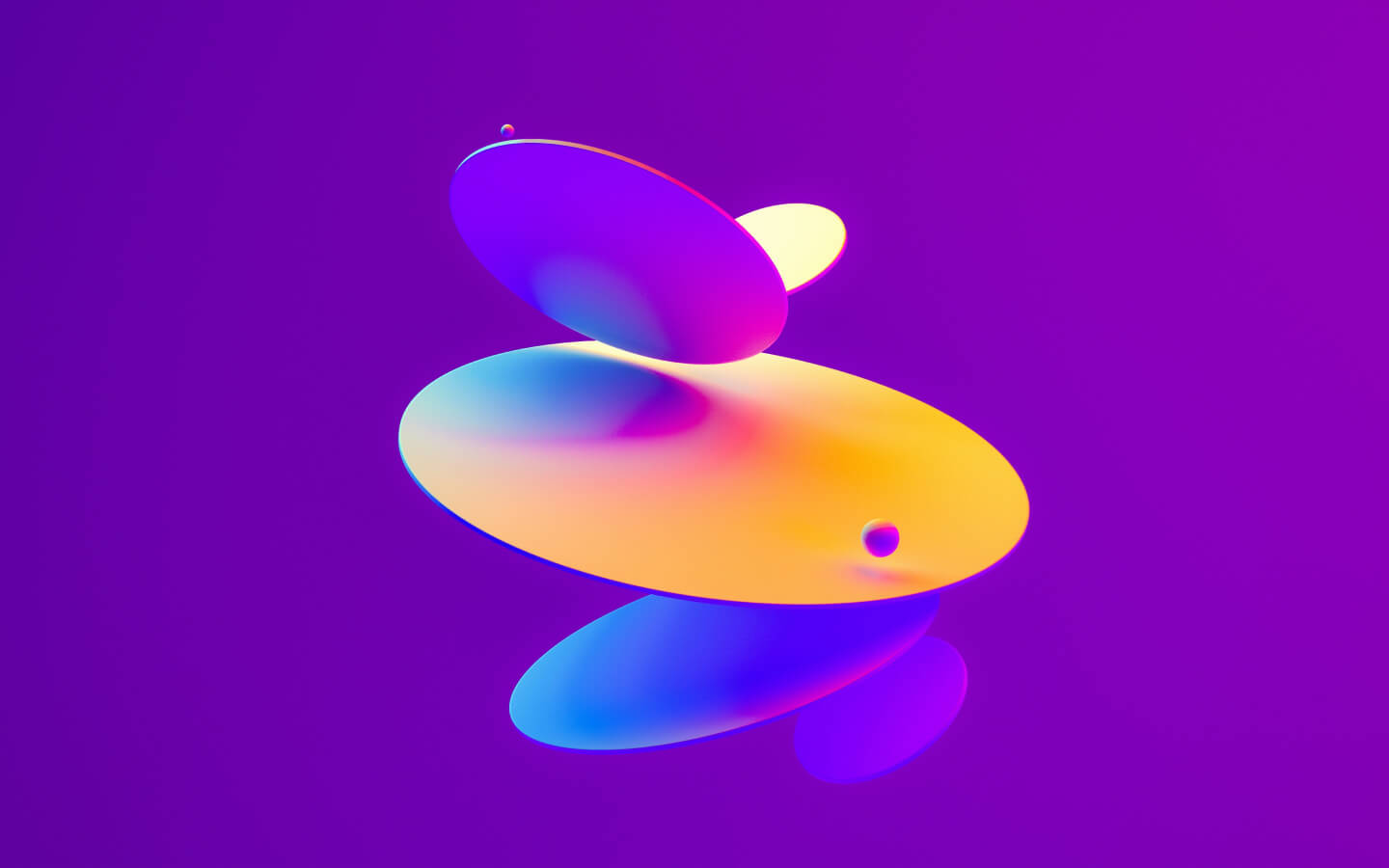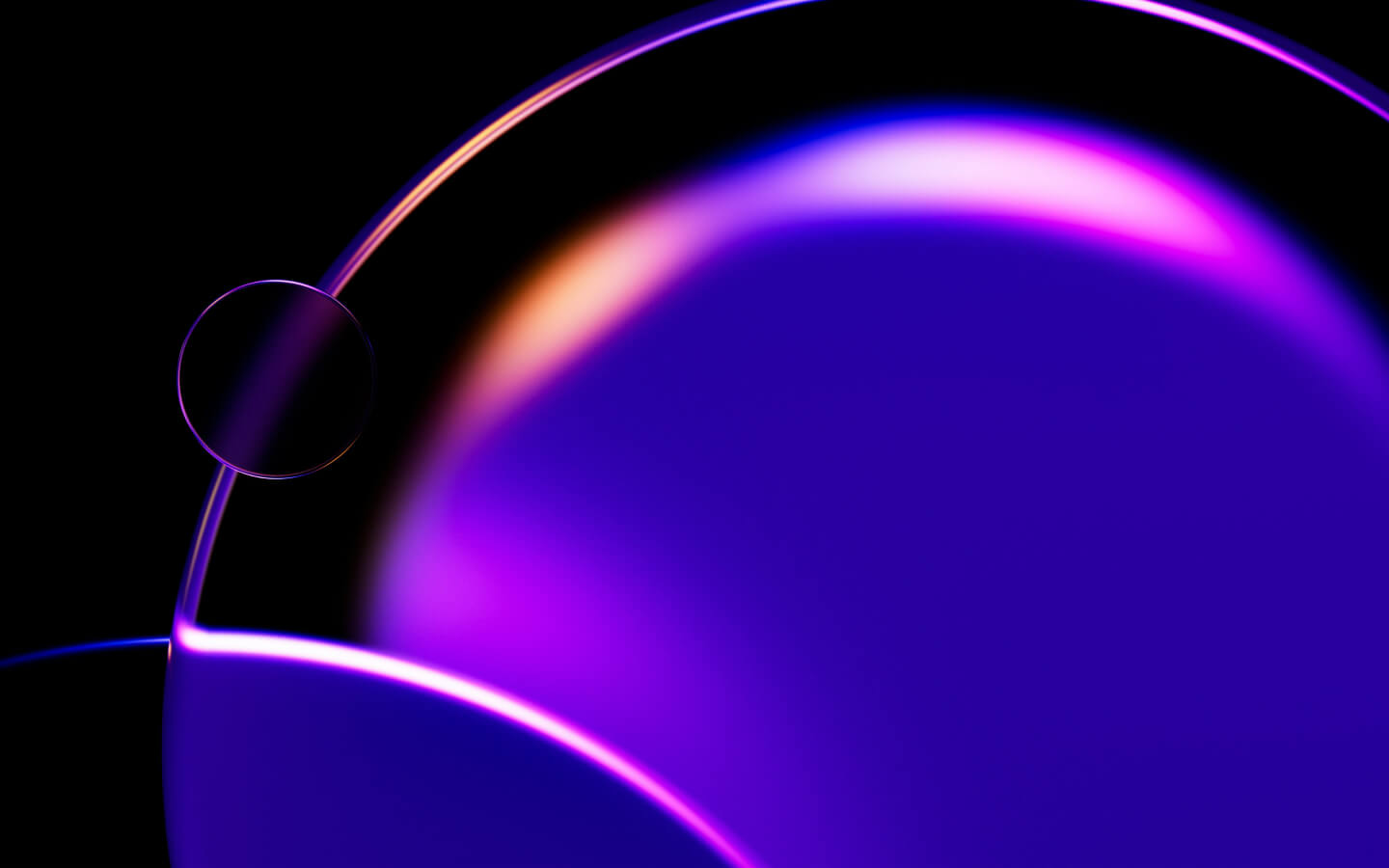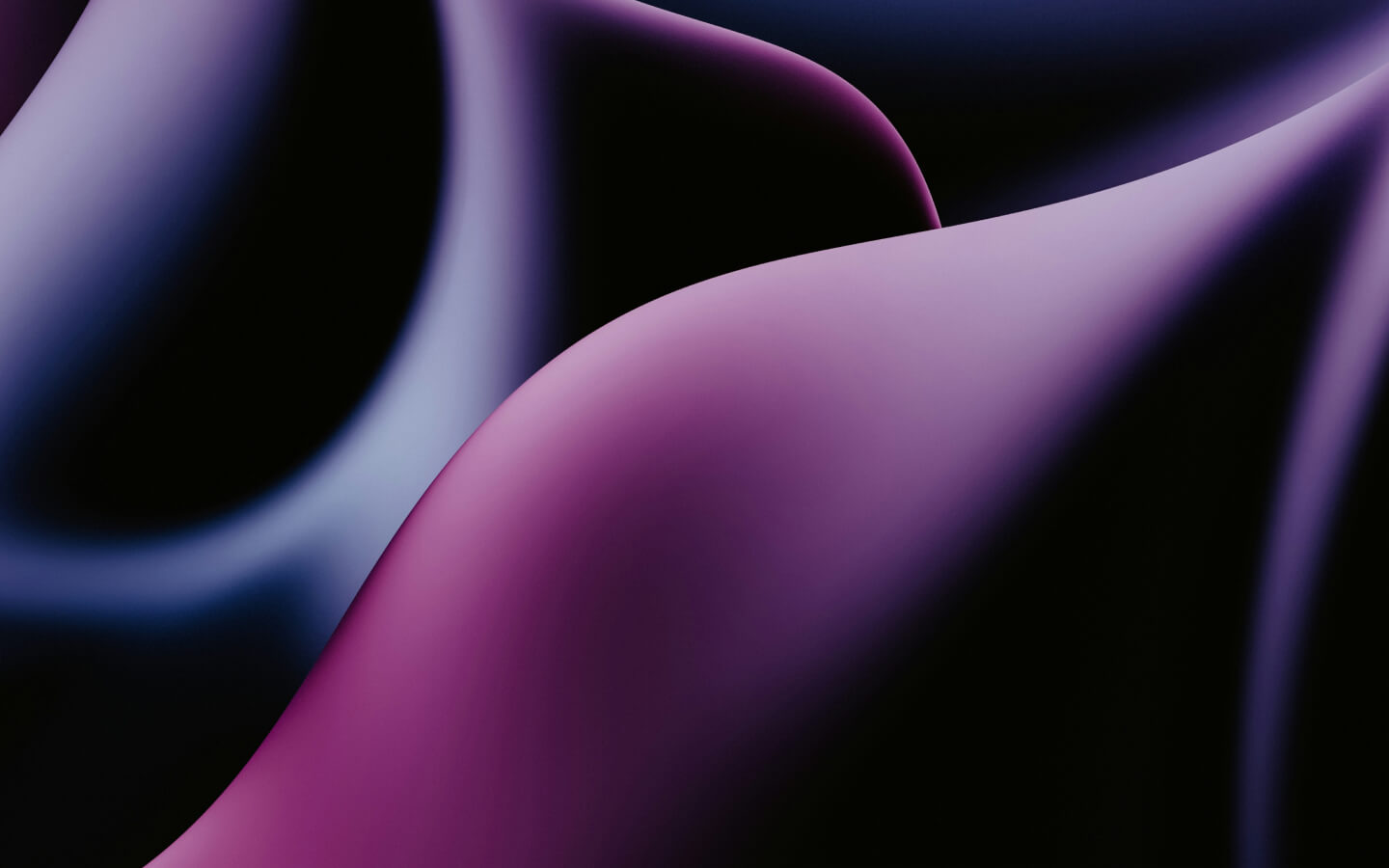It’s simply a graphic device, similar to the ever-present UPC code, currently referred to as a ‘quick response’? or QR code. The term describes any 2-D bar code that can be encrypted with large amounts of data that can be scanned by the consumer to retrieve information from it.
So what exactly does this mean? Best way to explain it is this: picture yourself standing in the shampoo aisle at your local retail store trying to determine which shampoo to buy for your unruly thin, flat hair. Suddenly you notice a new shampoo for ‘fine’? hair with a sign advertising that this shampoo is perfect for thin hair and will add a ton of volume to it. You hold up your cell phone and snap a picture of the black-and-white, matrix style bar code printed on the corner of the sign. Immediately, on your phone, a web page appears that contains testimonials from other consumers with thin hair saying how much they love this shampoo. There is also a message that the product has a 100% money back guarantee if you are not completely satisfied with the product. Happy with what you have read, you make the decision that this shampoo could be the solution your hair has been waiting for! You are now heading to the register feeling better about your purchase decision because of the additional input you have gotten from the QR code.
Just gaining momentum in the US now, marketers have been intrigued with QR codes for years because of their ability to reach consumers instantaneously at the point of purchase. These codes are commonplace in Japan as well as Europe. Within the US there have been some technological barriers, the biggest one being the standardization of code readers in handsets. It’s said that standardization will come in time but the consumer will ultimately determine the standard if they perceive the codes to be beneficial. In order for the codes to be effective, they need to solve a problem for the consumer.
The positive news for manufacturers and retailers is that progress is being made with U.S. wireless carriers. By early 2011, between 40 and 60 million phones will have a bar reader built into the device compared to 2010, having a mere 5 to 10 million devices with the technology. Predications have been made that consumer scanning of 2-D codes in the future will be as common as texting. Once it catches on and consumers see the benefits, the technology will be there to follow.
Currently companies such as Ralph Lauren and Gucci have chosen to use QR codes in mailers and in-store advertising to deliver mobile based information regarding new products and even events. Most recently, Johnson and Johnson used QR codes to promote its new Zyrtec liquid gels with on-site ads at CVS. The ads invited consumers to text or scan the code to redeem a $4.50 coupon off their next purchase of the product. Coke and Pepsi have already placed QR codes on product packaging overseas. It’s just a matter of time before these beverage kings start using QR’s in the U.S.
Even though companies are still uncertain what type of investment they want to make regarding QR codes, consumers are hungry for anything that will help them make a better informed decision. Anything a company can do to provide additional information at minimal or no cost will be a home run for the consumer. Who knows, QR codes may someday even replace the small plastic rewards card we all have dangling from our key chains.
Time and technology will tell.
If your interest has been piqued regarding QR codes and you are now wondering how to incorporate QR codes into your marketing efforts, contact AMP and we can provide a POV on how to best use the codes for your business.
Dive deeper into marketing automation. Learn more about our Marketing Technology Agency.



